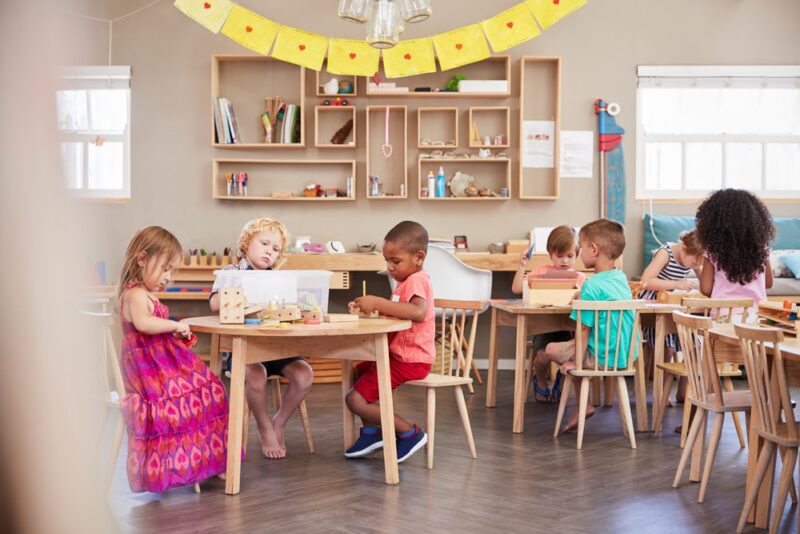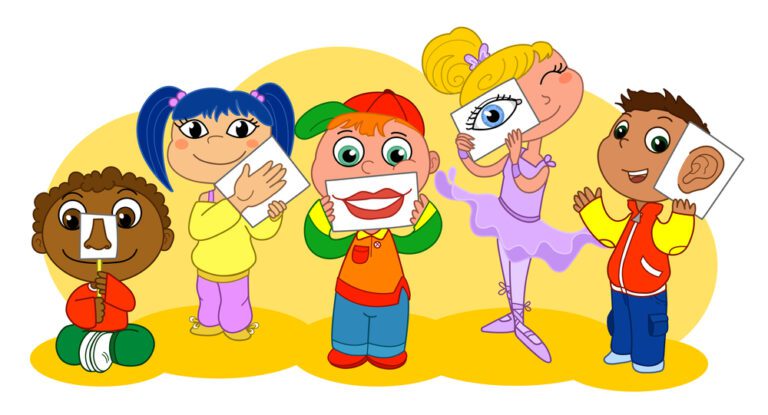
01 Feb What Does a Good Montessori School Look Like?
What Does a Good Montessori School Look Like?
Montessori schools have become a popular choice for many parents. This is because they provide an alternative to traditional public schools but still offer the benefits of an education focusing on student’s individual needs and abilities. However, there are many different types of Montessori schools today – some more traditional, some more progressive, and others following different principles. This article will explore what to look for in a Montessori school and the key components of a successful classroom.
Are you considering enrolling your child in a Montessori program? Contact Sugar Mill Montessori today to learn more information!
Montessori Schools Are Different
Montessori schools are different from traditional schools. Most Montessori programs focus on the child’s development and growth, meaning they’re child-centered and hands-on.
Montessori teachers have an educational philosophy that guides their teaching methods. The three main principles of this philosophy include:
- Child-centeredness: The teacher acts as a guide who helps children develop their interests and skills in a supportive environment rather than imposing lessons or tasks on them
- Hands-on learning: Children learn by doing; they don’t just listen to lectures about history or math problems but actually get their hands dirty with science experiments or create models out of clay
- Individualized education: Each student learns at his own pace within a group setting
The Classroom Is Designed for Multi-Age Learning
Montessori classrooms are designed with multi-age learning in mind. A Montessori student will typically be placed in a classroom with children a few years older and younger than they are, which means that the children learn from each other and their teachers. This design helps ensure that all students have access to the same high-quality education no matter what their level of development happens at that moment, helping diminish competitiveness.
There’s a Focus on Collaboration & Independence
The Montessori method encourages children to work together, taking turns and sharing. They learn to solve problems independently rather than relying on an adult for help. This is because the teacher’s role is not to intervene unless necessary; they’re there only when called upon by the child or another student.
Montessori teachers believe that children will learn more if they’re given opportunities to explore independently first, so they’ll have a better understanding of what they need help with later on in class when working individually at tables or desks (or “pods”).
Children Feel Successful From an Early Age

Montessori education helps children build confidence. Children feel successful from an early age and are proud of their accomplishments. This gives them the emotional strength to persevere when faced with challenges later in life.
In traditional schools, teachers often give students grades based on how well they do on tests or assignments. This can discourage students who don’t perform well immediately; they may think they’re bad at something and give up trying altogether – even though they could be great at it with some more time! In Montessori schools, however, teachers stray away from giving grades and rather focus on the successes and learning developments of their students.
The Materials Are Carefully Selected To Support the Children’s Development
The materials used in a Montessori school are carefully selected to support the children’s development. The Montessori curriculum is organized around the needs of each child, and materials are chosen based on those needs. For example, young children may be encouraged to explore sound by playing instruments and listening for different tones; older children might be given more challenging tasks involving math or science concepts, such as gravity or measuring distances on maps.
The 5 Senses are Utilized in a Montessori Classroom

From birth until about age six, children use their five senses to make sense of the world. This concept is known as the Absorbent Mind. This stage of development is fostered in a Montessori classroom with various materials, lessons, and activities to play with and explore. There are lots of opportunities for children to learn through all their senses. Children can learn by doing and playing as they explore their environment.
Montessori classrooms are designed so that children have access to materials that allow them to develop their interests; these materials include blocks, puzzles, letters, and numbers for writing practice, art supplies like paints and glue sticks, and musical instruments such as marimbas or xylophones.
A Good Montessori School Will Help Your Child Find Their Strengths & Interests As Well as Build Social Skills
Unlike a traditional school, Montessori education is more than just a classroom. It’s also more than just a school; it goes beyond what you might think of when you hear the word “program.” In fact, at its core, Montessori aims to create an environment where your child can develop their interests and passions individually – to help them find their strengths.
A good Montessori school will help your child build social skills while learning how to engage positively with others so that they can become productive members of society as adults.
Reach Out to Sugar Mill Montessori Today!
If you’re looking for a Montessori school, there are some things to look out for. Are the classrooms designed with multi-age learning in mind? Are they full of materials that encourage children to explore their environment? Is there an emphasis on collaboration and independence? Do children feel successful from an early age because they have opportunities to practice skills like counting and writing letters? If so, then congratulations – you’ve found yourself a good one! Schedule a tour with Sugar Mill Montessori today!



Sorry, the comment form is closed at this time.